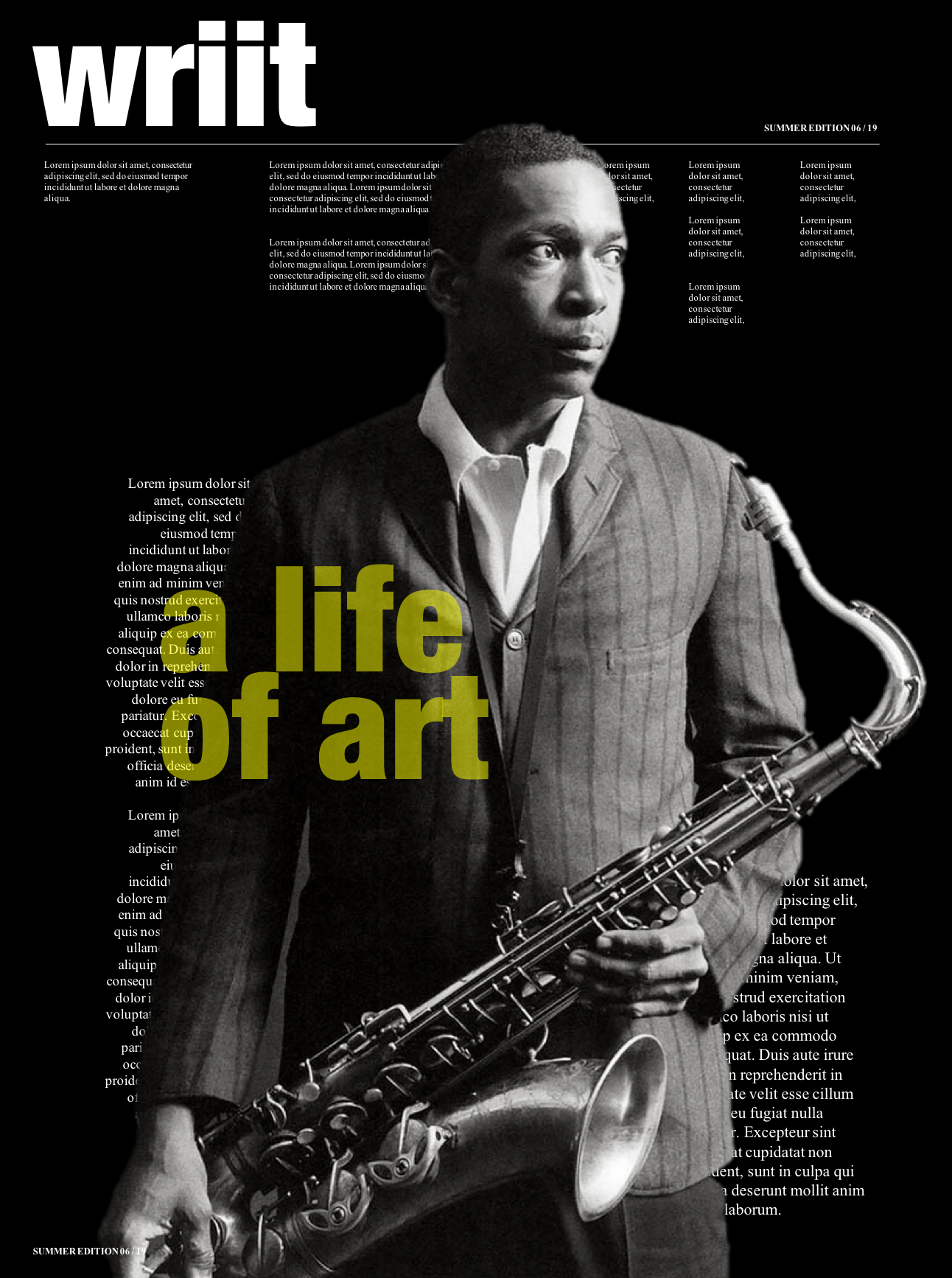Don’t get defensive. Remember that minds can change, and it’s in your power to change them. Here’s how.
When someone criticizes what you’ve done, it’s normal to get defensive. When it’s a boss or client expressing displeasure with something you’ve poured lots of thought and energy into, it’s even worse.




